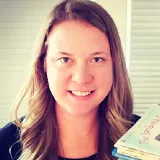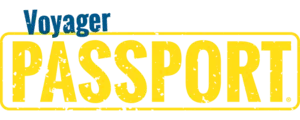The Path to Comprehension: The Connection Between Vocabulary and Background Knowledge

LEARN MORE ABOUT VOYAGER PASSPORT
I have a favorite teacher quote from the book, Thank You, Mr. Falker, by Patricia Polacco. This is the first book I read with my third-grade students each year.
As the main character, Trisha, is about to start kindergarten, her family shares some advice. They tell her, “Honey is sweet and so is knowledge, but knowledge is like the bee that made that sweet honey, you have to chase it through the pages of a book.” Every year, this quote reminds me of how connected reading and building knowledge are for our students. And every year, it sets the tone for learning in my classroom.
But why is knowledge, or more specifically background knowledge, so important for reading and learning? In short, the more we know about a topic, the easier it will be to learn more about that topic. This rings true for me. It’s easier for me to read new books about teaching than it is to read new books about a topic like physics because I have a lot more background knowledge about teaching. I have something to connect to when reading about a new idea in education.
Furthermore, once students are able to decode words, background knowledge, and vocabulary knowledge become the biggest predictors of comprehension. If we want our students to comprehend what they’re reading and learn new things in the process, then a large focus of our comprehension instruction should be on building background knowledge and learning new vocabulary.
I’d like to challenge you to think of comprehension differently. Instead of reducing comprehension to a set of skills or strategies our students might use when reading, think of comprehension as a process students go through when reading. As teachers, we can control some of the factors that support this process. We can pre-teach important vocabulary words before reading. We can provide graphic organizers and other frameworks for organizing our thinking. We can help dissect sentences with tricky syntax. We can prompt students to make inferences between sentences and connections to bigger ideas. And we can build prerequisite knowledge beforehand. All of these supports will help students develop a better understanding of what they’re reading, allowing them to understand the text and gain new knowledge.
I use Voyager Passport® in my third-grade classroom, a program that allows me to use frameworks for organizing thinking, organizers, and builds comprehensions as a process.
I will be presenting a webinar at 4 p.m. (CT), Wednesday, November 15, 2023, called The Path to Comprehension: The Connection Between Vocabulary and Background Knowledge.
Join me to learn more about the importance of background knowledge and vocabulary in comprehension instruction. You’ll also learn strategies and activities you can use in your own classrooms!

